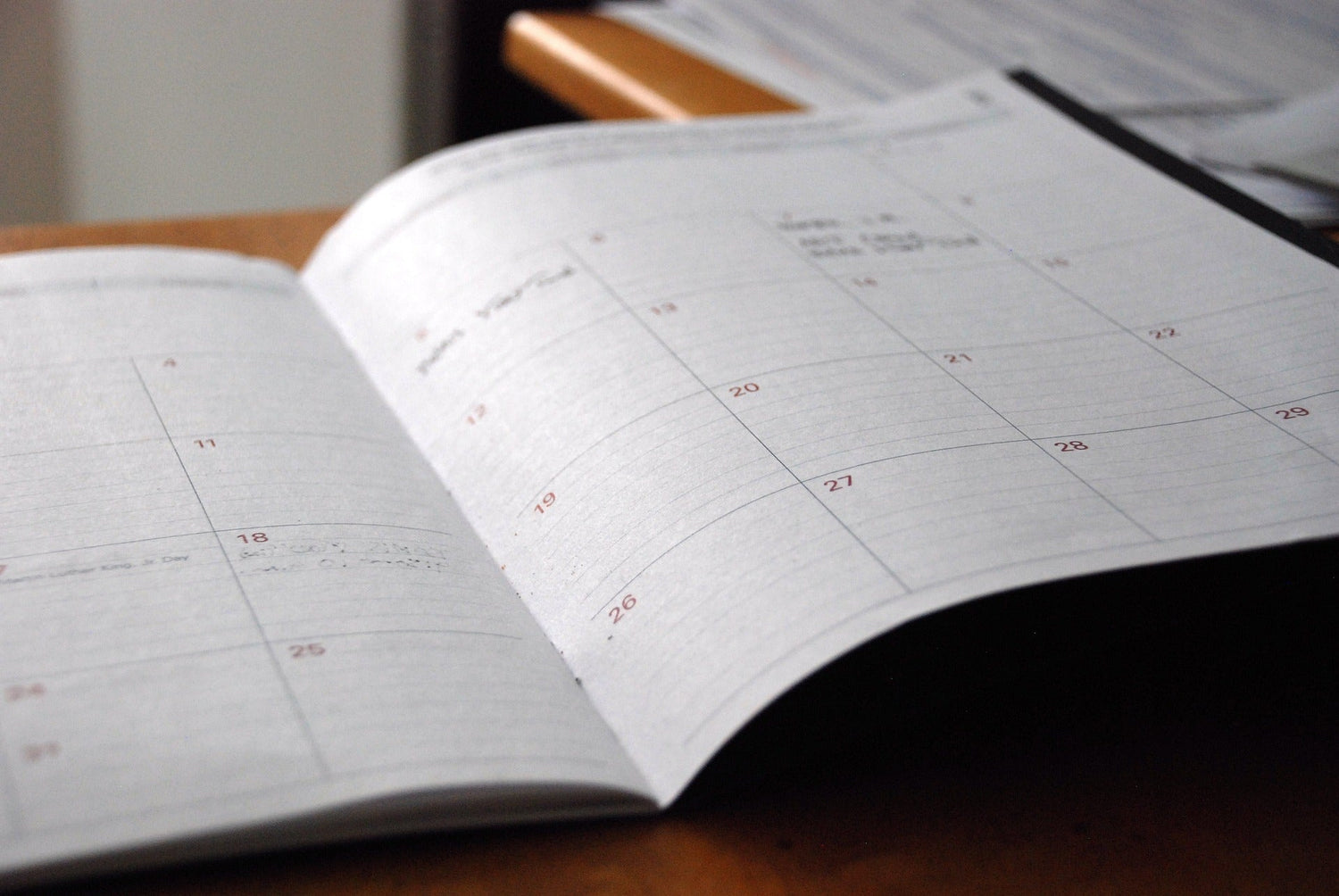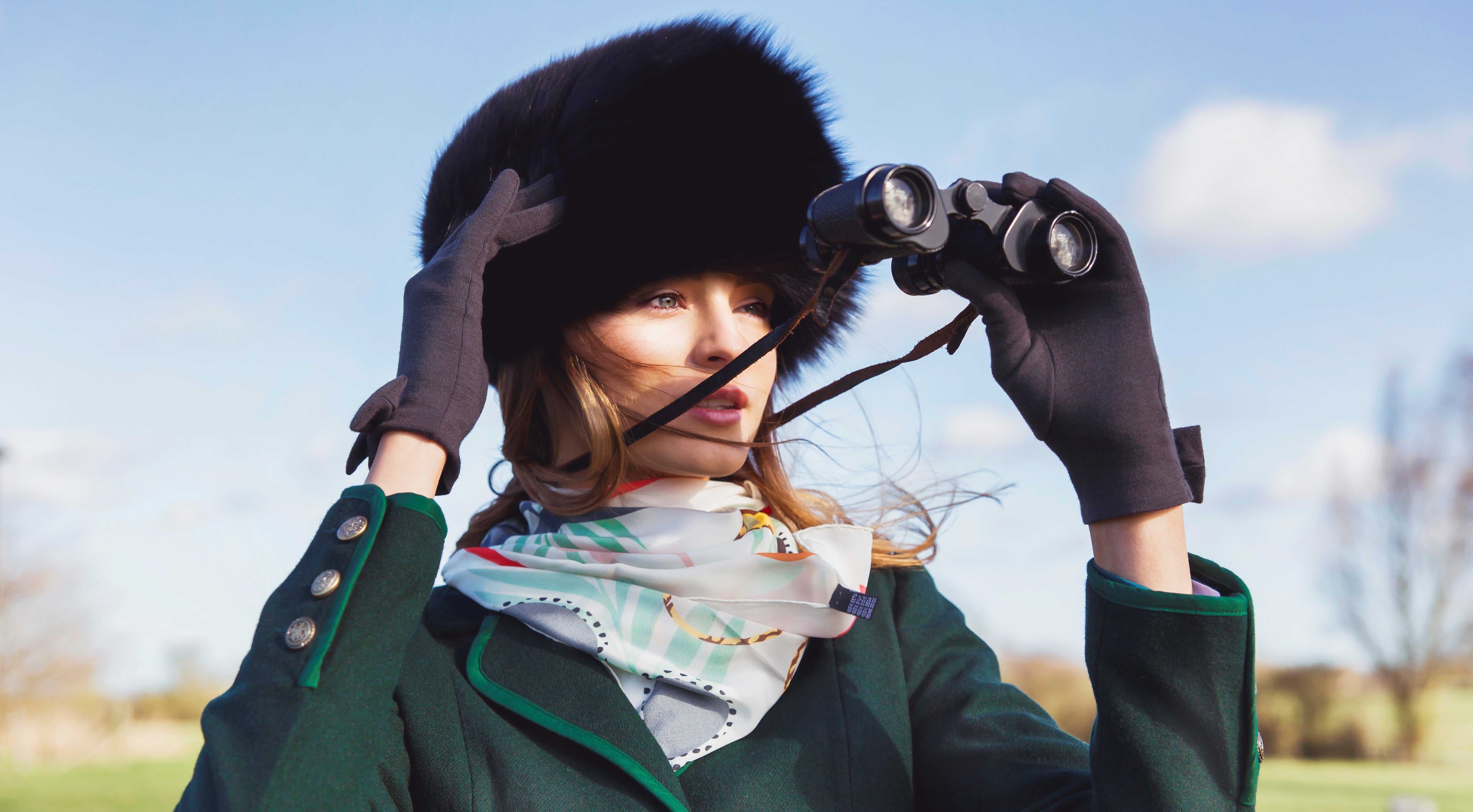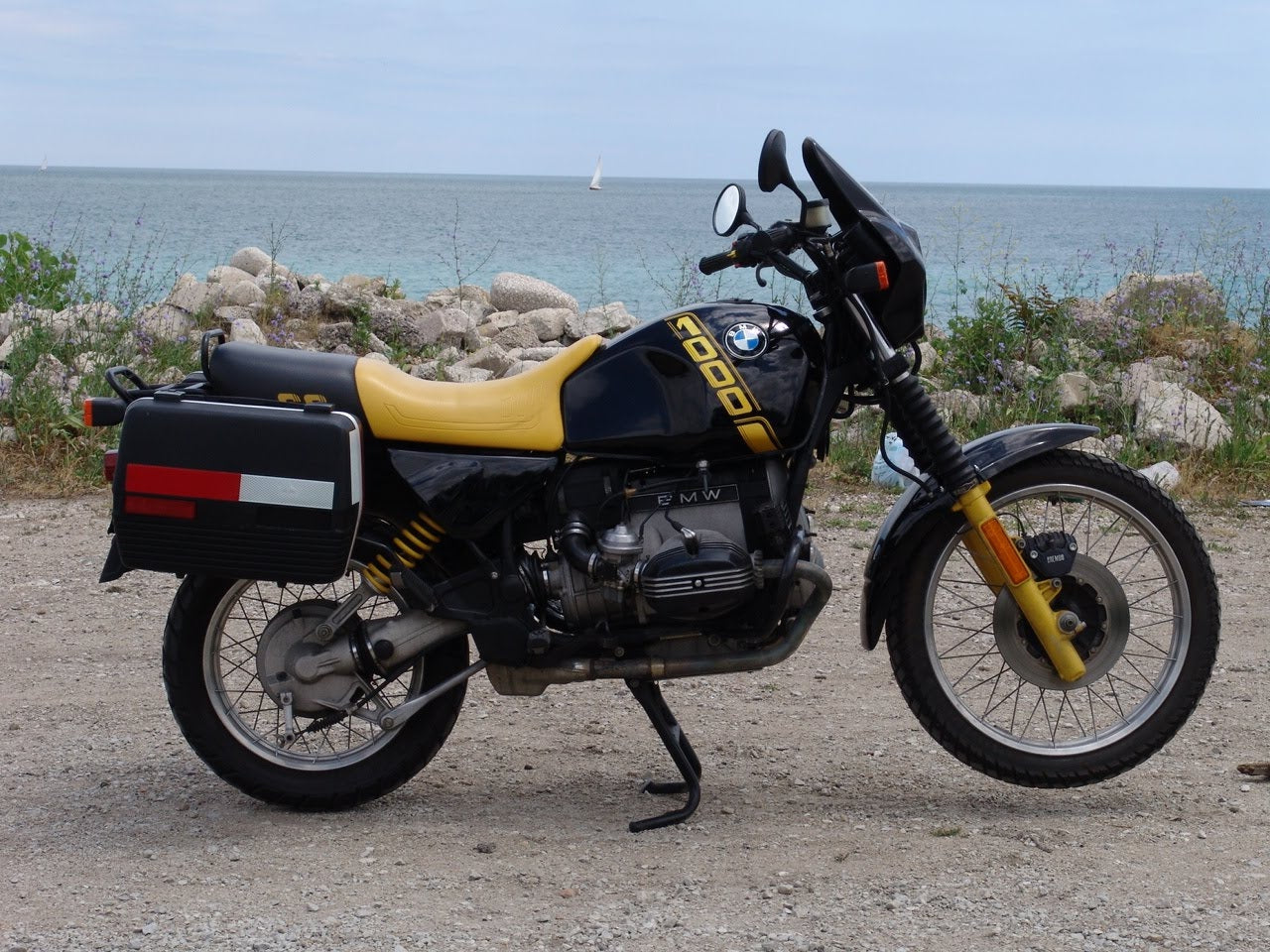If you're not accustomed to some of the more niche aspects of English social life, you may be wondering about some of the events and occasions, and why gloves are an essential companion for these events. Many of these events were once exclusive and arcane but have now expanded and are as much an opportunity to celebrate tradition as they are a display of fashion. But don't panic - we've got you covered on how to fit the gloves to the occasion, and how to get the look just right.
Cheltenham Races

The Cheltenham Races take place each year in Gloucestershire, England. Over the course of four days in March, the best of British and Irish-trained horses race for prize money which is second only to the Grand National. Originating in 1860, the three-day event now attracts a far larger crowd, and one eager to dress up for the occasion. Of course, like so many other events, the dress code depends entirely on the unpredictability of English weather. Whilst it may be balmy and spring-like, Cheltenham could also - and more likely - be on the colder side.

Therefore, it's all about dressing for the weather, without foregoing style. The Cheltenham tribe are all about bringing country-chic to the racetrack - think feathers, faux fur, tweeds and felt. There are no straw hats here - chic felt headpieces make an appearance instead (and are less likely to blow away!). And of course, gloves take centre stage: not just for practicality reasons (it can be bitterly cold when standing outside for so long), but to amp up your outfit too.

Grand National
The Grand National is next up on a packed social calendar for British Springtime. Taking place over the course of a day in early April, the Grand National is held at the Aintree Racecourse in Liverpool, England, and is the most valuable jump race in Europe with a prize fund of £1 million. Since 1889, the Grand National has held a particular place in English social life, attracting a wide crowd, and it is estimated that up to 600,000 people watch it annually since its television broadcast debut in 1960. However, if you'll be attending in person, it's worth knowing the ins and outs of the day.

Unlike Ascot and some of the more strictly formal events, the Grand National does not have a proposed dress code, though 'smart dress' is suggested. The racecourse is described as a 'spectacle of colour', and as a result of the more relaxed dress code, many use it as an opportunity to make a statement with their race day look. The focus is definitely on Spring colours, despite the weather - think floral prints, pastel hues and some statement bright colours, too. Hats are not necessary, but headpieces often bring a touch of feminity to an outfit. And of course, what's a hat without gloves? The early spring weather means that merino wool is still called for, or our classic daytime gloves - like our cotton or lace - are perfect to mark the start of the season.

Glyndebourne

Stepping away from the races (just for a moment), Glyndebourne Opera festival is the next big event in the social calendar, and one widely-anticipated by those who get the chance to attend. Glyndebourne is an annual opera festival that takes place throughout the summer (usually from May to August) and is particularly special because of its incredible location. Since 1934 (and closing only during the years of the Second World War), the opera festival has been held in and around the grounds of Glyndebourne Manor in Lewes, East Sussex - just ten minutes away from Cornelia James HQ. Glyndebourne has been particularly celebrated for its Mozart productions, and usually, the fairly seasonable summer weather means that those attending can sit outside, and enjoy the evening's opera performance with a picnic.

The tradition of wearing evening dress during the Glyndebourne Festival originated with founder John Christie, who felt that it was one of the ways the audience could show its respect for the performers, and it is a tradition that is carried on today. Many choose to wear evening dresses or cocktails dresses, although given the perils of British summertime weather, it is always a good idea to pack a pashmina or two. Gloves add the perfect finishing touch of elegance to the day's proceedings in traditional opera length - in silk, satin, or elbow-length cotton - and a mousquetaire opening is just the thing required for a Glyndebourne picnic...

Royal Ascot
 The Ascot races attract a different crowd entirely, whilst still forming a huge part of the English social calendar. Founded in 1711 by Queen Anne, the Ascot racecourse has strong links to the royal family, being only six miles from Windsor. What was once a major event for the horsemanship has now turned into one of the biggest events for fashion too, and it's easy to see why.
The Ascot races attract a different crowd entirely, whilst still forming a huge part of the English social calendar. Founded in 1711 by Queen Anne, the Ascot racecourse has strong links to the royal family, being only six miles from Windsor. What was once a major event for the horsemanship has now turned into one of the biggest events for fashion too, and it's easy to see why.

Ascot enforces a far stricter dress code in the Royal Enclosure - men must be in morning dress, whilst ladies must wear a hat to accompany their day dress, along with appropriate skirt length and covered shoulders. Of course, many choose to wear gloves as the perfect accompaniment to their outfit, and not just for formality's sake. Ascot proves the perfect opportunity to make a statement. Our picks for the races? Classic cotton gloves meet a modern twist with our gold button detailing, or a two-tone style. Head over to our 'Off to the Races' page to pick your very own.
RHS Chelsea Flower Show

The Royal Horticultural Society's Chelsea Flower Show (formerly known as the 'Great Spring Show') is another stand-out event in the social calendar. Taking place over the course of five days in May, the Chelsea Flower Show has been the world's most prestigious flower show since its origination in 1912. Held in the grounds of the Royal Chelsea Hospital in London, the show attracts up to 90,000 visitors per day and showcases some of the most acclaimed flower and landscape gardening. In fact, the show's main exhibition site - the Grand Pavilion - is large enough that it could house 500 London buses. Visitors can spend the day leisurely perusing the best that the show has to offer, and there are prizes awarded for floral and landscaping designs in categories ranging from 'Best City Chic Landscape' to 'Best Exhibit of Vegetable and Herbs'.
May balls

Whilst the May Ball is a particularly specific aspect of the English social calendar, it doesn't mean you can’t draw inspiration for your own ball. The tradition of the May Ball began at Cambridge University in 1830, and since then is an annual lavish celebration that marks the end of the academic year, which varies from college to college. In true British quirkiness, the May Ball is now hosted in ‘May Week’, which is actually towards the end of June. Many other universities (including King's College, London) and institutions have mimicked Cambridge's tradition and host a summer ball in order to signify the end of the working or academic year. Whilst it might seem like the extravagant ball gowns are the night’s main focal point, both tradition and style dictate that dresses are nothing without the perfect pair of gloves. Evening gloves are just the thing to ensure you steal the show. Our collection of evening gloves and gloves for summer balls, in net, lace and silk, are sure to see you through the night. Your outfit won't be complete without them...





